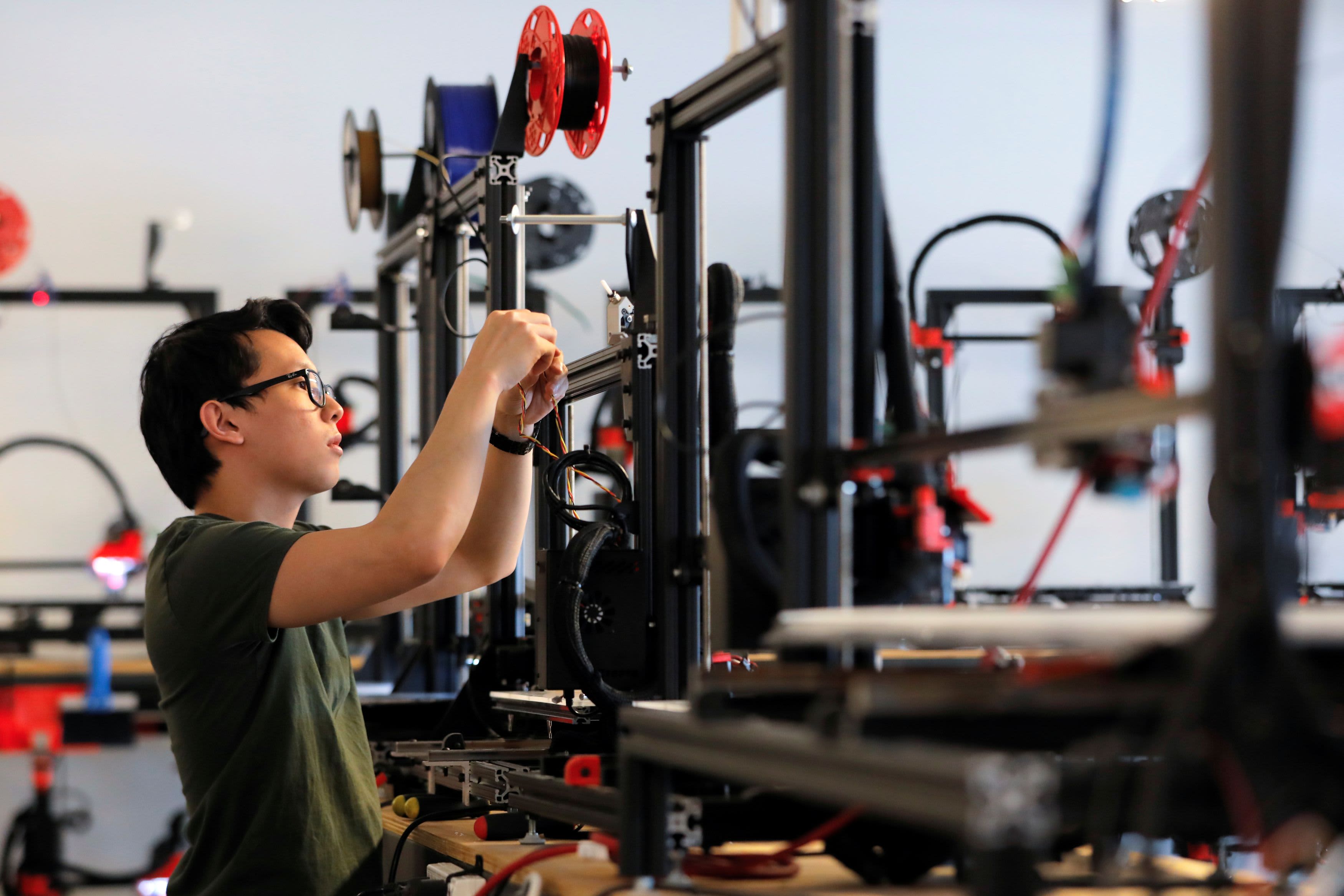Supply chain disruptions and inflated prices are not abating yet, National Association of Manufacturers CEO Jay Timmons told CNBC on Thursday.
“We’re seeing rising cost pressures” due to workforce shortages and demand exceeding supply, Timmons said on “Squawk on the Street.” ”What that’s doing is it’s causing bottlenecks in a lot of the supply chain for manufacturers who make the finished goods.”
Timmons, whose Washington-based group is the largest manufacturers trade association in the U.S., said he’s hopeful that supply bottlenecks won’t be seen in the future as the economy continues to ramp up from the depths of the Covid pandemic.
However, he added that “it is a problem right now and manufacturers are trying their best to deal with it.”
The nation’s manufacturing skills gap, which is expected to result in 2.1 million unfilled jobs by 2030, could cost the U.S. economy as much as $1 trillion, according to a new study by Deloitte and The Manufacturing Institute. Manufacturers in the U.S. need to fill 4 million jobs by 2030, the study showed.
Though the manufacturing industry has regained 63% of jobs lost during the pandemic, the majority of manufacturers surveyed in the study still expect a long-term challenge in attracting and retaining workers in 2021 and beyond. Finding the right talent is also 36% harder than it was in 2018, according to the survey.
“We have had a skills gap, if you will, unfilled jobs for many, many years,” Timmons said. “It actually went down to the lowest level during the pandemic that we had seen of 300,000 open jobs in manufacturing. But today, there’s an astounding 851,000 jobs that are open in manufacturing.”
In an effort to shrink those numbers by about 600,000 by 2025, Timmons said the NAM is looking to attract a new generation to pursue a career in “modern” manufacturing. He noted that 27% of parents nowadays would suggest manufacturing as a career for their kids. His group hopes to increase that number to 50% by 2025.
“We know that there is a very large focus by manufacturers to invest their next dollar here in the United States, to hire the next worker here in the United States,” Timmons said, adding that manufacturing is “going strong” because of past policies supporting positive job creation rates, and future policies supporting significant infrastructure investment.
